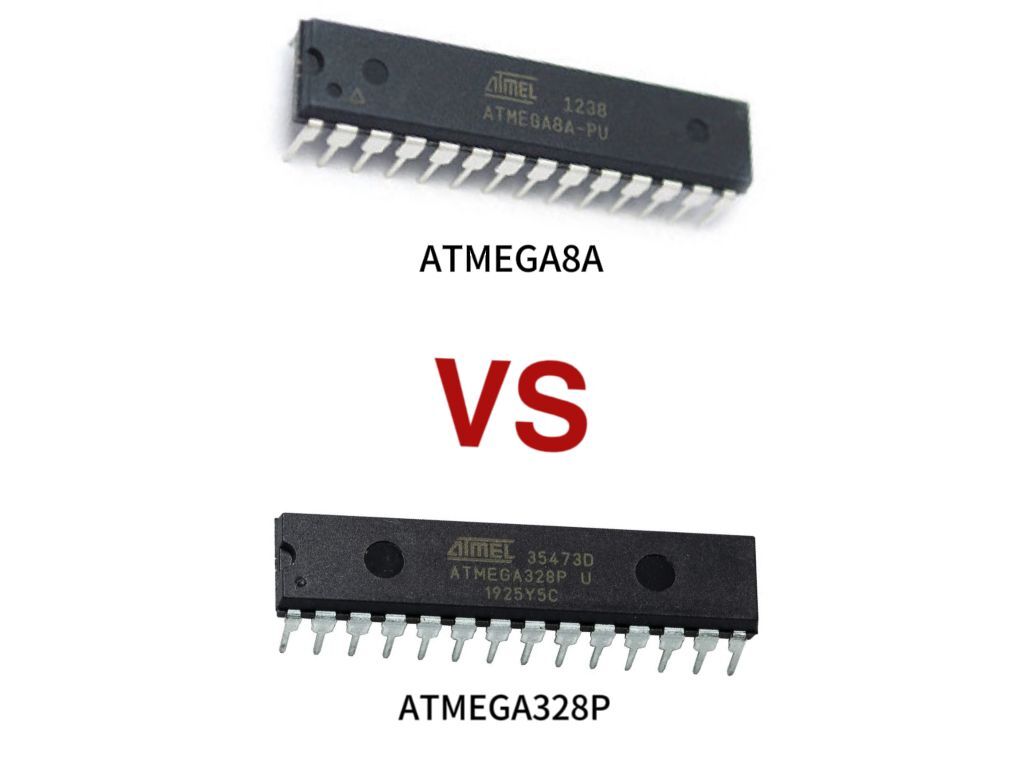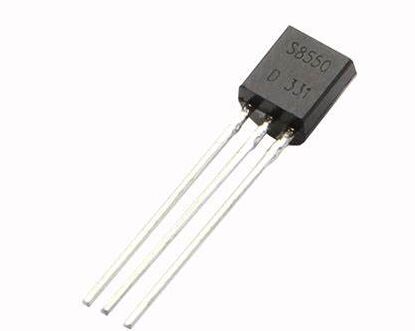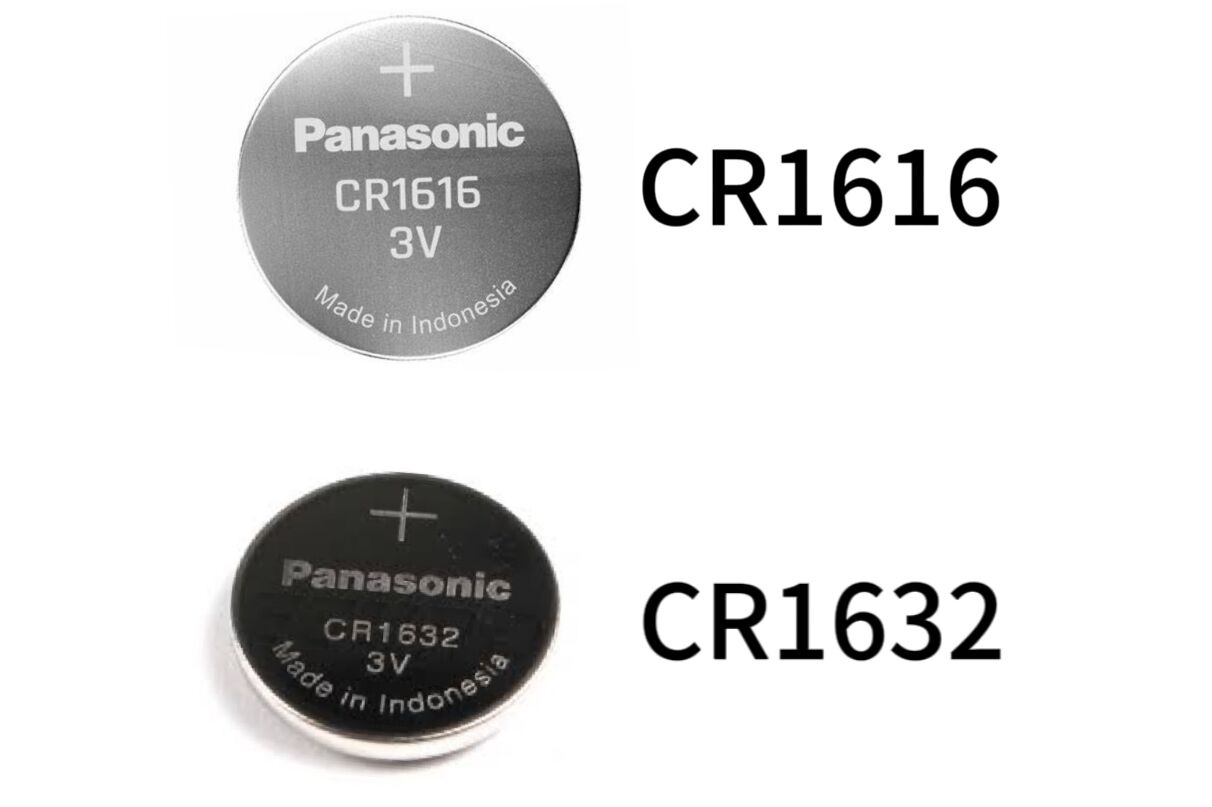Difference between ATmega8A and ATmega328P Microcontrollers:

ATmega8A:
- Architecture:
- 8-bit AVR microcontroller.
- Flash Memory:
- Typically 8 KB of in-system programmable flash.
- SRAM:
- Around 1 KB of Static Random-Access Memory.
- EEPROM:
- Approximately 512 bytes of EEPROM.
- Clock Speed:
- Maximum operating frequency often up to 16 MHz.
- Timers/Counters:
- Usually with multiple 8-bit and 16-bit timers/counters.
- Communication Interfaces:
- Supports SPI and I2C interfaces.
- Analog-to-Digital Converter (ADC):
- Generally equipped with an 8-channel, 10-bit ADC unit.
- Application Range:
- Suitable for simple to moderately complex embedded applications.
- Price:
- Typically lower cost compared to more advanced models.
ATmega328P:
- Architecture:
- 8-bit AVR microcontroller.
- Flash Memory:
- Often 32 KB of in-system programmable flash.
- SRAM:
- Around 2 KB of Static Random-Access Memory.
- EEPROM:
- Approximately 1 KB of EEPROM.
- Clock Speed:
- Maximum operating frequency usually up to 20 MHz.
- Timers/Counters:
- Typically includes multiple 8-bit and 16-bit timers/counters.
- Communication Interfaces:
- Supports SPI, I2C, UART, and other interfaces.
- Analog-to-Digital Converter (ADC):
- Equipped with a 6-channel, 10-bit ADC unit.
- Application Range:
- Suitable for more complex applications where more memory and features are required.
- Price:
- Generally slightly higher in cost compared to ATmega8A due to added features and capabilities.
Key Differences:
- Memory Capacity: ATmega328P offers more flash memory, SRAM, and EEPROM compared to ATmega8A.
- Clock Speed: ATmega328P typically operates at a higher frequency.
- Peripherals: ATmega328P has additional communication interfaces and more ADC channels.
- Applications: ATmega328P is suited for more complex projects requiring greater memory and features.
Considerations:
- Cost: ATmega8A may be more cost-effective for simpler projects.
- Resource Requirements: Choose based on the memory and feature needs of your application.
- Performance: ATmega328P provides higher performance capabilities for more demanding applications.
- Compatibility: Ensure compatibility with existing hardware and software requirements.
Select the microcontroller based on the specific requirements of your project in terms of memory, processing power, peripherals needed, and overall cost considerations to ensure optimal performance and functionality.
Characteristics of ATmega8A and ATmega328P Microcontrollers:
ATmega8A:
- Architecture:
- 8-bit AVR microcontroller.
- Flash Memory:
- Typically 8 KB of in-system programmable flash memory.
- SRAM:
- Around 1 KB of static random-access memory.
- EEPROM:
- Approximately 512 bytes of EEPROM (Electrically Erasable Programmable Read-Only Memory).
- Clock Speed:
- Supports clock speeds up to 16 MHz.
- Timers/Counters:
- Equipped with multiple 8-bit and 16-bit timers/counters.
- Communication Interfaces:
- Supports standard communication interfaces like SPI (Serial Peripheral Interface) and I2C (Inter-Integrated Circuit).
- Analog-to-Digital Converter (ADC):
- Features an 8-channel, 10-bit ADC unit.
- Package Options:
- Available in various package configurations suitable for different applications.
- Applications:
- Suitable for simple to moderately complex embedded systems, IoT devices, and various electronic projects.
ATmega328P:
- Architecture:
- 8-bit AVR microcontroller.
- Flash Memory:
- Typically 32 KB of in-system programmable flash memory.
- SRAM:
- Around 2 KB of static random-access memory.
- EEPROM:
- Approximately 1 KB of EEPROM.
- Clock Speed:
- Supports clock speeds up to 20 MHz.
- Timers/Counters:
- Typically includes multiple 8-bit and 16-bit timers/counters for precise timing.
- Communication Interfaces:
- Supports SPI, I2C, UART (Universal Asynchronous Receiver-Transmitter), and more communication protocols.
- Analog-to-Digital Converter (ADC):
- Features a 6-channel, 10-bit ADC unit, suitable for analog sensor interfacing.
- Package Options:
- Available in various package configurations for different applications and design requirements.
- Applications:
- Ideal for more complex projects, robotics, data logging systems, sensor networks, and advanced embedded applications.
Key Differences:
- Memory Capacity: ATmega328P offers significantly more flash memory and SRAM compared to ATmega8A, enabling more complex programs and data manipulation.
- Clock Speed: ATmega328P supports higher clock speeds, potentially providing faster processing capabilities.
- Peripheral Support: ATmega328P includes additional communication interfaces and ADC channels, expanding its capabilities for interfacing with various sensors and devices.
- Application Scope: ATmega328P is better suited for projects with higher memory and processing requirements compared to ATmega8A.
Considerations:
- Project Requirements: Choose the microcontroller based on the memory, processing power, and peripheral needs of your specific project.
- Cost: Consider the cost implications of choosing between the two microcontrollers.
- Development Environment: Ensure compatibility with development tools and libraries for seamless programming and debugging.
- Future Expansion: Anticipate potential future requirements and select the microcontroller that accommodates scalability and future enhancements.
Understanding the characteristics of ATmega8A and ATmega328P helps in selecting the appropriate microcontroller based on project complexity, memory requirements, processing speed, and interfaces needed for successful embedded system development.
Main Parameters of ATmega8A and ATmega328P Microcontrollers:
ATmega8A:
- Architecture:
- 8-bit AVR microcontroller.
- Flash Memory:
- Typically 8 KB of in-system programmable flash memory.
- SRAM (Static Random-Access Memory):
- Around 1 KB of SRAM for data storage and manipulation.
- EEPROM (Electrically Erasable Programmable Read-Only Memory):
- Approximately 512 bytes of EEPROM for non-volatile data storage.
- Clock Speed:
- Supports clock speeds up to 16 MHz.
- Digital I/O Pins:
- Typically 23 programmable I/O pins for interfacing with external components.
- Analog Inputs:
- Usually equipped with 6 analog input channels for analog sensor interfacing.
- Timers/Counters:
- Multiple 8-bit and 16-bit timers/counters for timing and control applications.
- Communication Interfaces:
- Supports SPI (Serial Peripheral Interface) and I2C (Inter-Integrated Circuit) for communication.
- Voltage Range:
- Typical operating voltage range is 1.8V to 5.5V.
- Package Options:
- Available in various package configurations suitable for different applications.
ATmega328P:
- Architecture:
- 8-bit AVR microcontroller.
- Flash Memory:
- Typically 32 KB of in-system programmable flash memory.
- SRAM (Static Random-Access Memory):
- Around 2 KB of SRAM for data storage and manipulation.
- EEPROM (Electrically Erasable Programmable Read-Only Memory):
- Approximately 1 KB of EEPROM for non-volatile data storage.
- Clock Speed:
- Supports clock speeds up to 20 MHz.
- Digital I/O Pins:
- Typically 23 programmable I/O pins for interfacing with external components.
- Analog Inputs:
- Usually equipped with 6 analog input channels for analog sensor interfacing.
- Timers/Counters:
- Multiple 8-bit and 16-bit timers/counters for various timing and control applications.
- Communication Interfaces:
- Supports SPI, I2C, UART (Universal Asynchronous Receiver-Transmitter), and more communication protocols.
- Voltage Range:
- Typical operating voltage range is 1.8V to 5.5V.
- Package Options:
- Available in various package configurations suitable for different applications.
Key Parameters for Comparison:
- Memory Size: ATmega328P offers significantly more flash memory and SRAM compared to ATmega8A.
- Clock Speed: ATmega328P supports a higher maximum clock speed compared to ATmega8A.
- Communication Interfaces: ATmega328P supports additional communication protocols compared to ATmega8A.
- Application Complexity: ATmega328P is better suited for more complex projects due to its enhanced memory and features.
Considerations:
- Project Requirements: Choose based on the memory, processing power, and I/O needs of your specific application.
- Cost: Consider the cost implications of using either microcontroller.
- Development Tools: Ensure compatibility with the required development environment and available libraries.
- Future Expansion: Plan for potential scalability and future project requirements when selecting a microcontroller.
Understanding the main parameters of ATmega8A and ATmega328P guides the selection of the appropriate microcontroller based on the project's complexity, memory requirements, processing speed, and peripheral needs for an efficient and effective embedded system design.
The difference in memory capacity between ATMEGA8A and ATMEGA328P
The main difference in memory capacity between the ATmega8A and ATmega328P microcontrollers lies in their flash memory and SRAM capabilities:
-
ATmega8A:
- Flash Memory: Typically equipped with 8 KB of flash memory for storing program code.
- SRAM: Usually has around 1 KB of SRAM for data storage and manipulation.
- EEPROM: Approximately 512 bytes of EEPROM for non-volatile data storage.
-
ATmega328P:
- Flash Memory: Typically features 32 KB of flash memory, providing significantly more space for program storage compared to the ATmega8A.
- SRAM: Usually contains around 2 KB of SRAM, offering more space for data manipulation during program execution.
- EEPROM: Approximately 1 KB of EEPROM for non-volatile data storage.
Key Differences:
- Flash Memory: The ATmega328P offers four times the flash memory capacity of the ATmega8A, providing more room for storing program code and larger applications.
- SRAM: The ATmega328P has double the SRAM capacity compared to the ATmega8A, allowing for more efficient data manipulation and storage during program execution.
- EEPROM: Both microcontrollers offer similar EEPROM capacities for non-volatile data storage.
Implications:
- Program Size: The larger flash memory of the ATmega328P allows for more complex applications with larger program sizes.
- Data Handling: The increased SRAM capacity in the ATmega328P enables more efficient data handling and processing in memory during program execution.
- Application Scope: ATmega328P is better suited for projects that require more memory-intensive operations and larger program sizes than the ATmega8A.
When selecting a microcontroller for a project, consider the memory requirements of the application to ensure that the chosen microcontroller, whether it is the ATmega8A or ATmega328P, can adequately support the program's size and data manipulation needs.
Communication interface of ATMEGA8A and ATMEGA328P
Both the ATmega8A and ATmega328P microcontrollers support communication interfaces that enable them to interact with other devices and peripherals. Here are the details of the communication interfaces for each:
ATmega8A:
- Serial Peripheral Interface (SPI):
- The ATmega8A features SPI communication for high-speed synchronous serial data transfer between the microcontroller and other devices like sensors, displays, and memory.
- Inter-Integrated Circuit (I2C):
- I2C is another common interface supported by the ATmega8A, allowing for serial communication with various devices using a 2-wire, bidirectional bus.
ATmega328P:
- Serial Peripheral Interface (SPI):
- Similar to the ATmega8A, the ATmega328P also supports SPI for fast, synchronous communication with external devices.
- Inter-Integrated Circuit (I2C):
- I2C is available on the ATmega328P, providing a standard protocol for connecting and communicating with a variety of peripherals.
- Universal Asynchronous Receiver-Transmitter (UART):
- The ATmega328P includes UART support, which allows for asynchronous serial communication typically used for connecting to other devices or for debugging purposes.
- USART (Universal Synchronous and Asynchronous serial Receiver and Transmitter):
- The USART in ATmega328P combines the functionality of both synchronous (like SPI) and asynchronous (like UART) serial communication.
Comparison:
- Both microcontrollers support SPI and I2C interfaces for serial communication.
- The ATmega328P offers additional UART and USART support, which can be useful for different types of serial communication needs.
- UART support in the ATmega328P can particularly be handy for applications requiring asynchronous communication, such as interfacing with a computer or debugging output.
Considerations:
- Application Compatibility: Choose the microcontroller based on the communication interfaces required by your project.
- Peripheral Integration: Ensure that the selected microcontroller supports the necessary communication protocols for connecting to external devices.
- Data Transfer Speed: Consider the speed requirements of your communication interface for efficient data exchange between the microcontroller and peripherals.
Understanding the communication interfaces available in the ATmega8A and ATmega328P microcontrollers is essential for effectively interfacing these devices with external components and peripherals in embedded systems and IoT applications.
Pin diagram of ATMEGA8A and ATMEGA328P
•ATMEGA8A



•ATMEGA328P

Frequently Asked Questions
1.In addition to ATMEGA8A and ATMEGA328P, what other related alternative models are there?
ATMEGA48A/ATMEGA48, ATMEGA88A/ATMEGA88, ATMEGA168A/ATMEGA168, ATMEGA16A/ATMEGA16, ATMEGA128A/ATMEGA128, etc.
2.What package types does ATMEGA8A and ATMEGA328P support?
The packaging types supported by ATMEGA8A: TQFP, DIP, MLF/VQFN; the packaging types supported by ATMEGA328P: DIP, QFN, TQFP, MLF/VQFN, PDIP.
3.What application fields are ATMEGA8A and ATMEGA328P suitable for?
ATMEGA8A application areas: small embedded systems, electronic production projects, education, toy design, auxiliary controllers for electronic equipment, automation and control; ATMEGA328P application areas: embedded systems, electronic production projects, consumer electronics, robotics, automation and Control systems, sensor interfaces, communication equipment.


